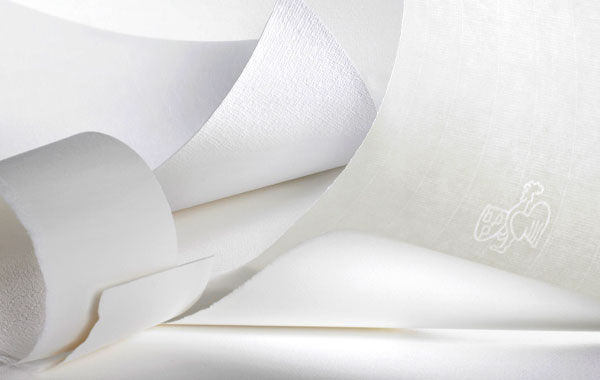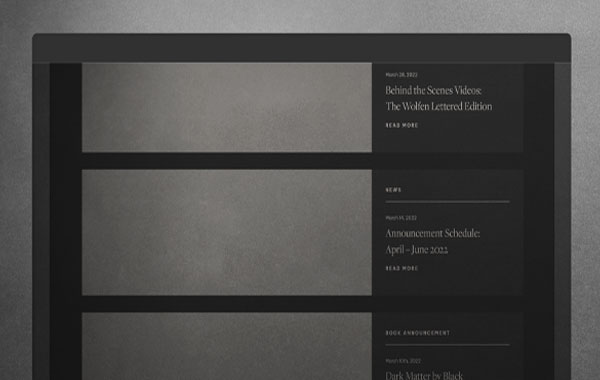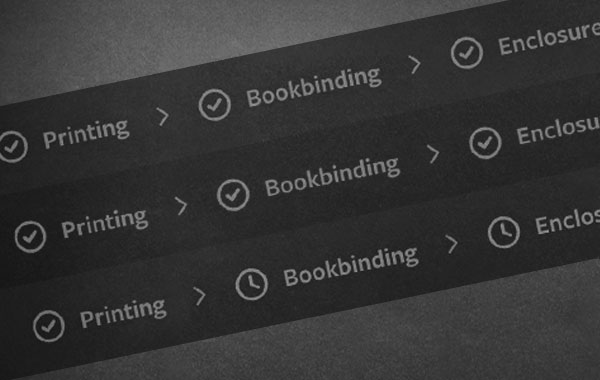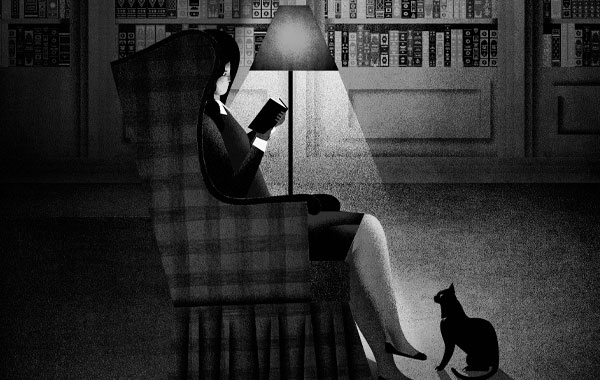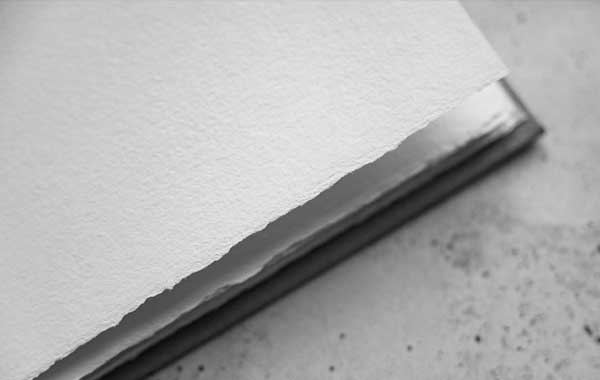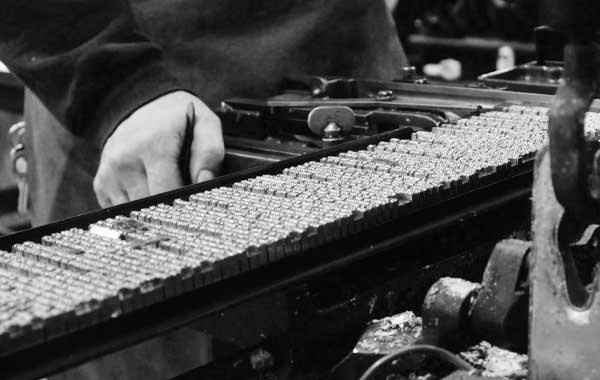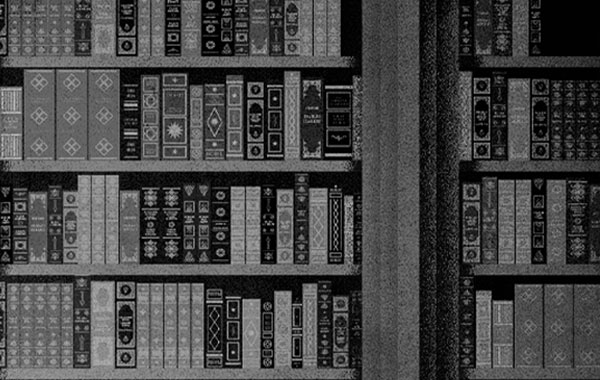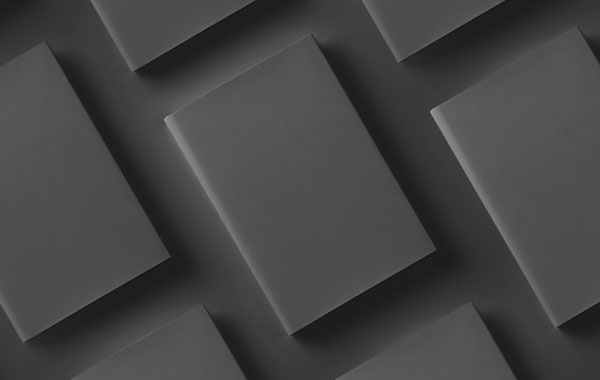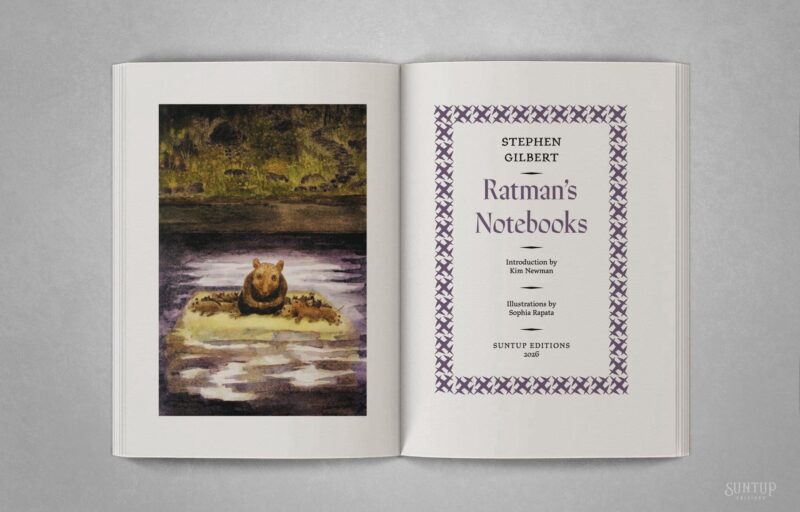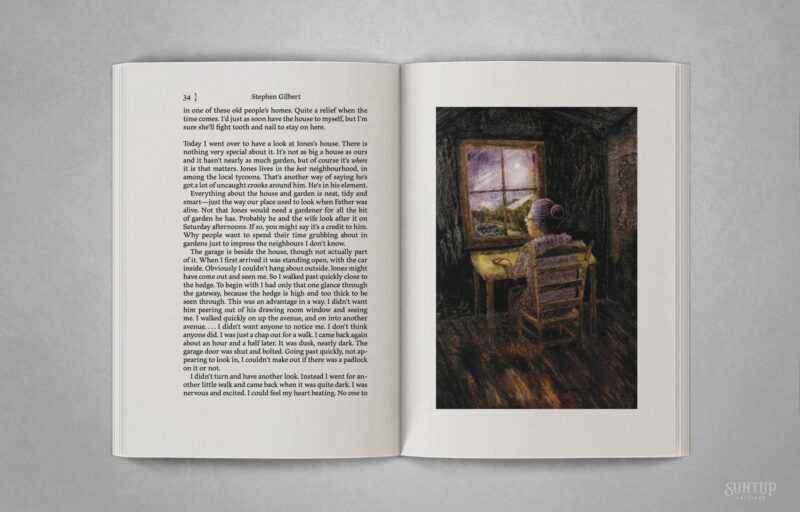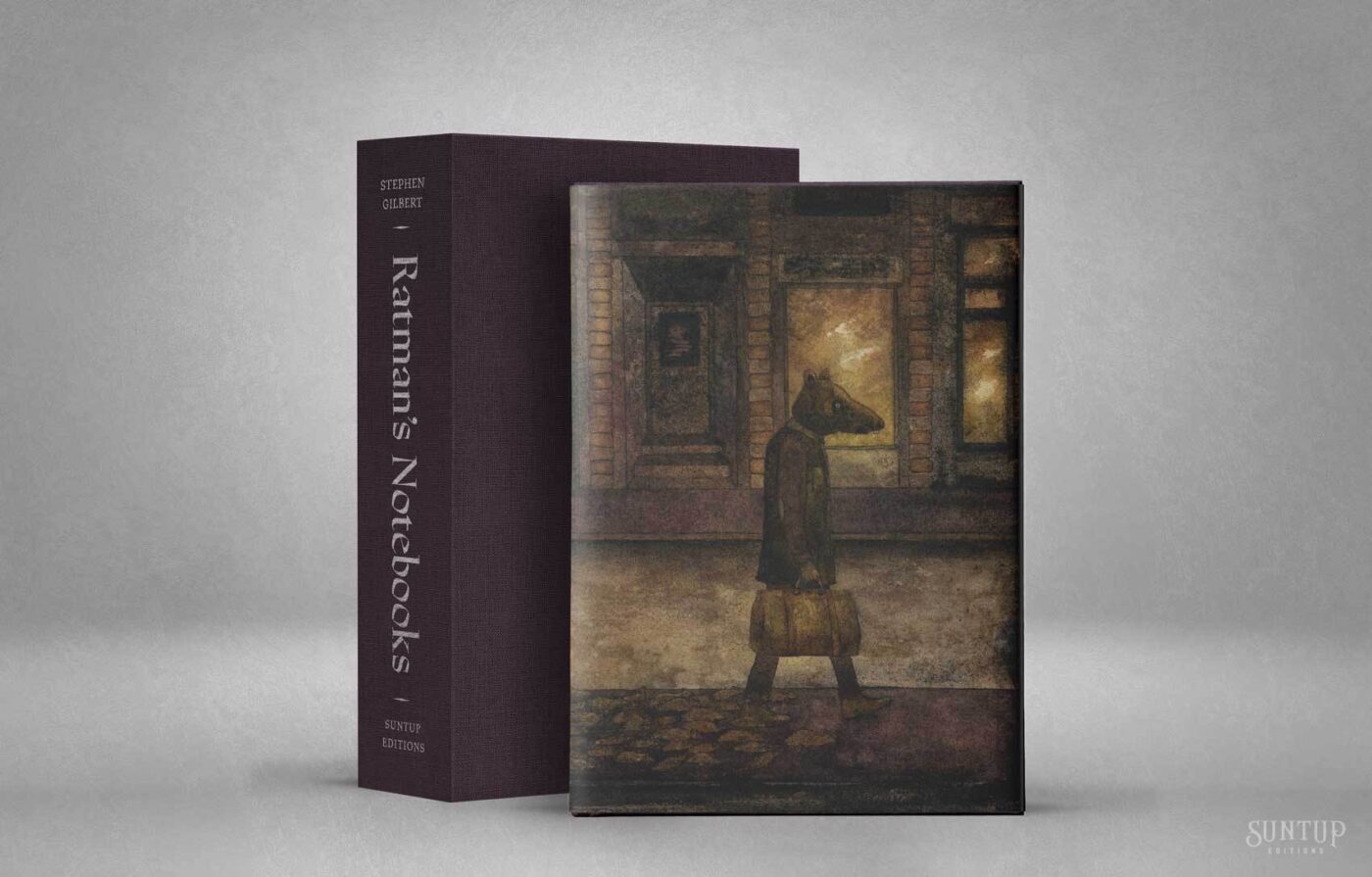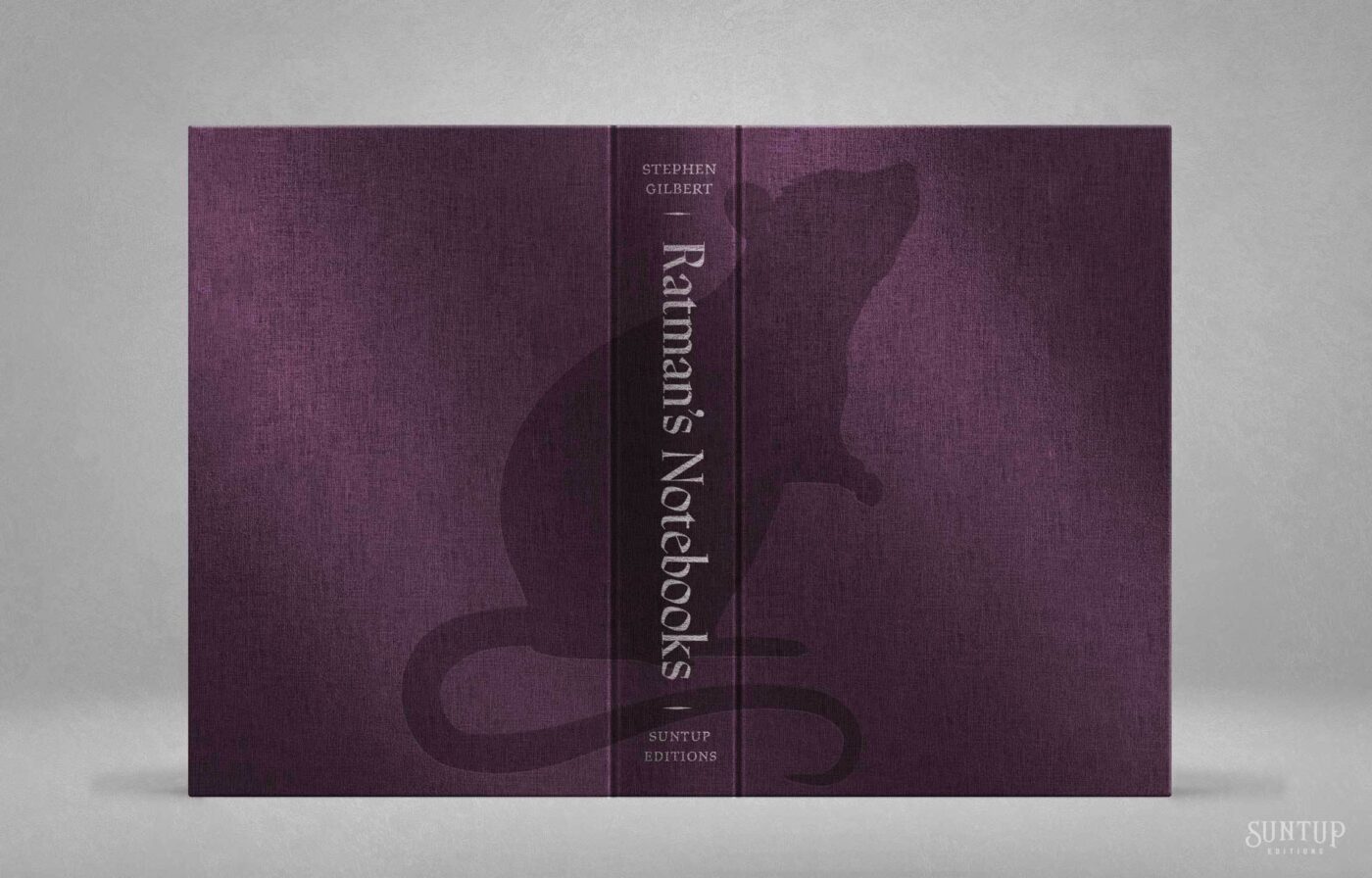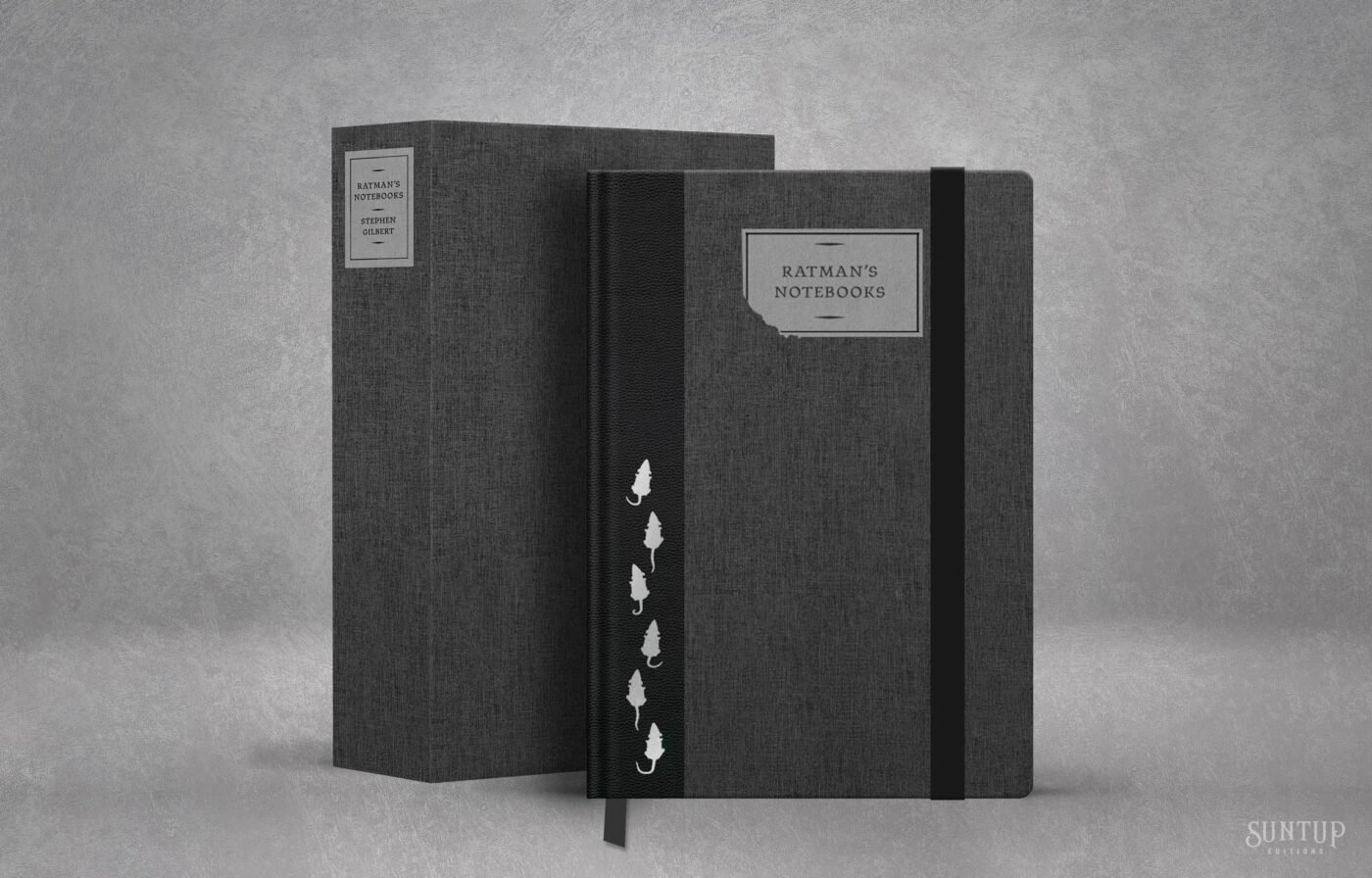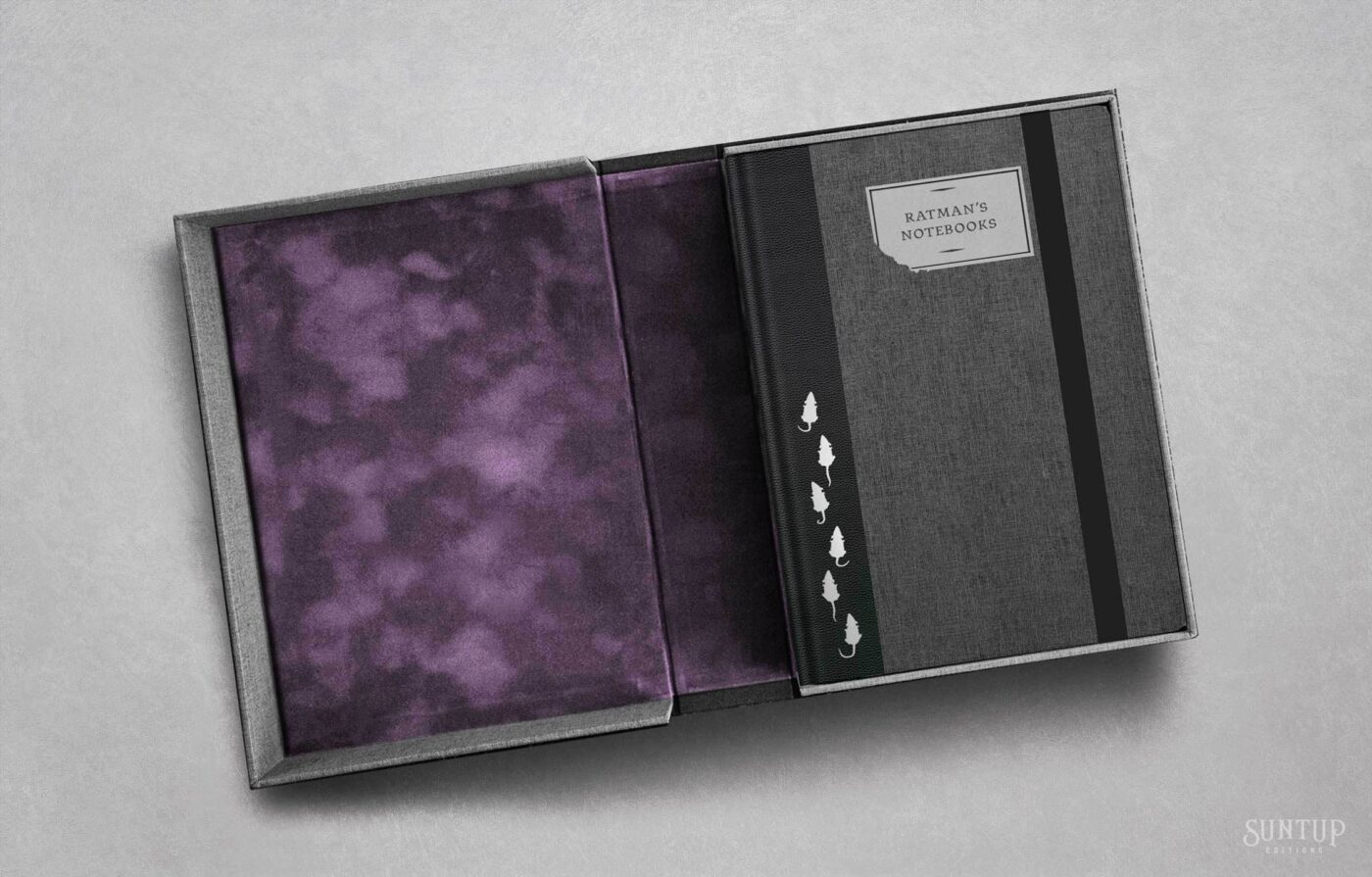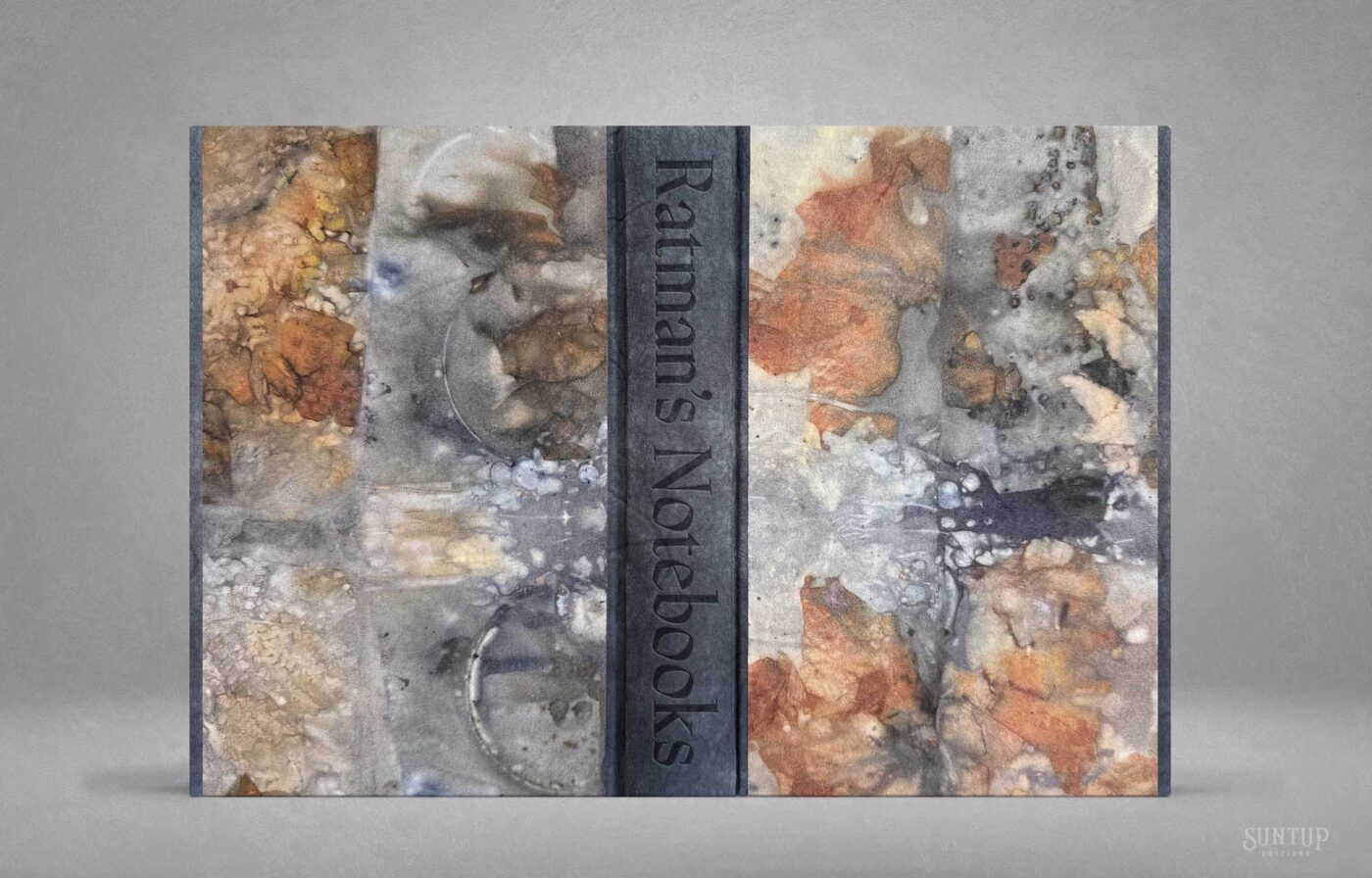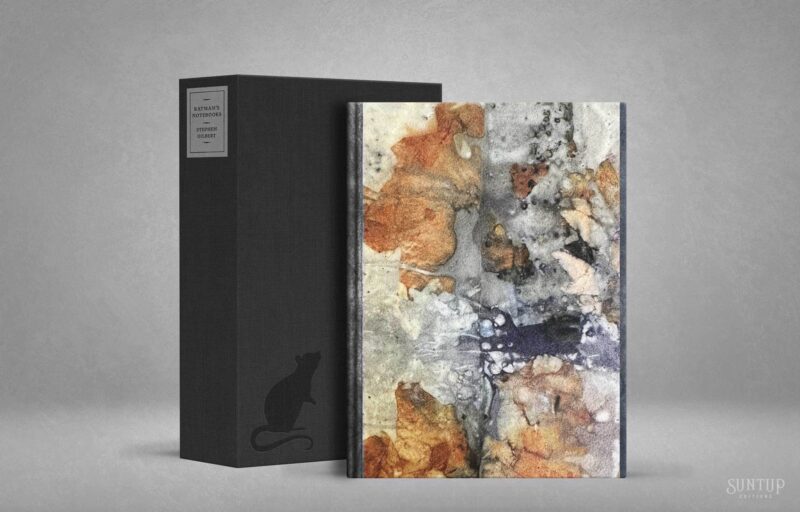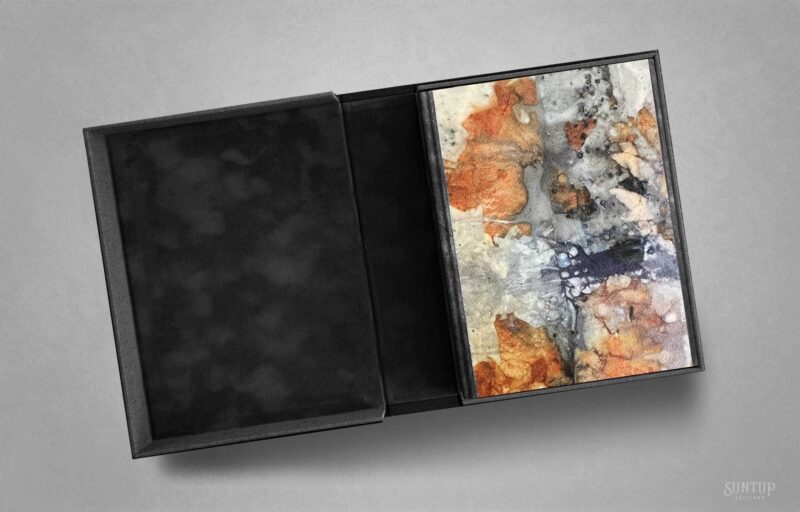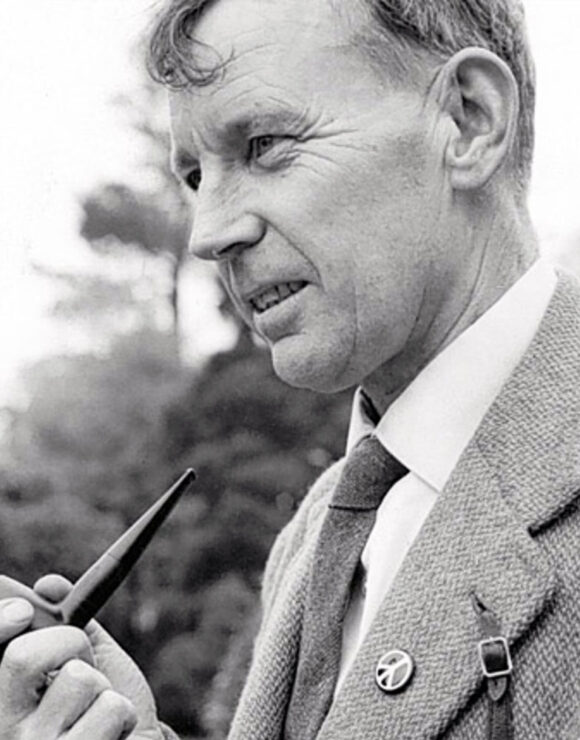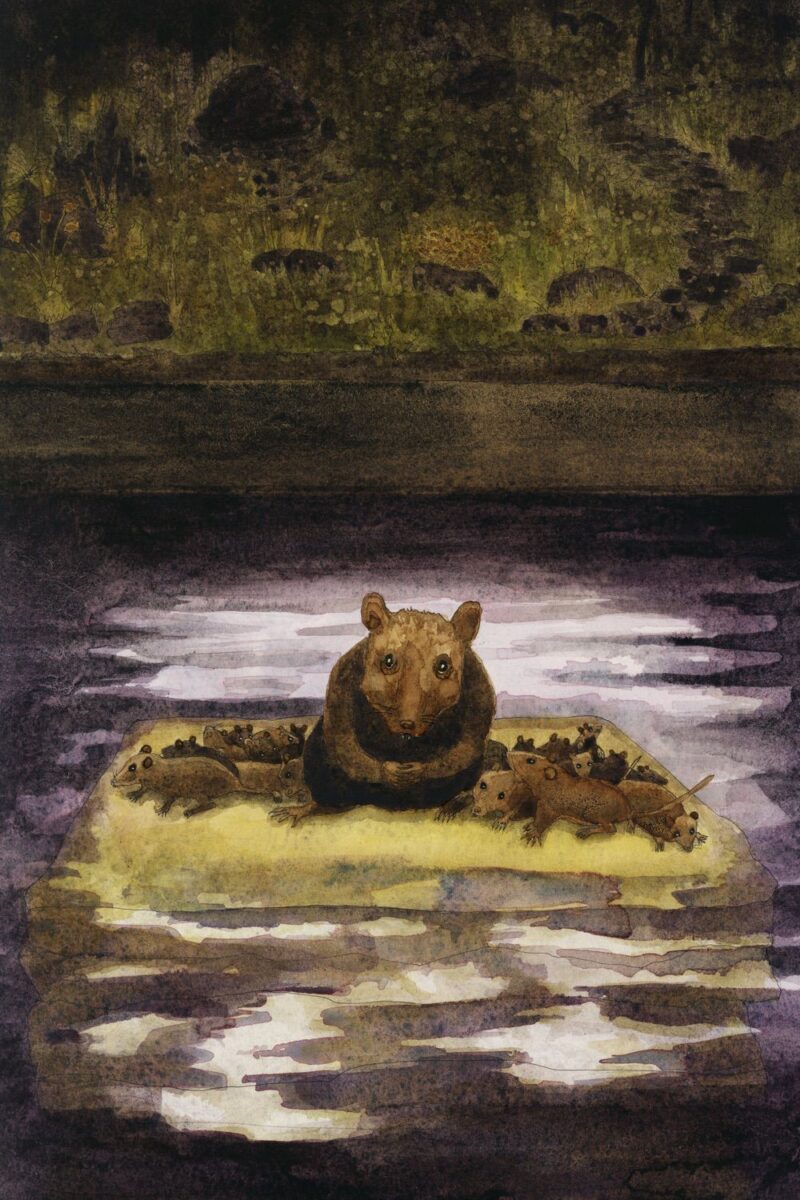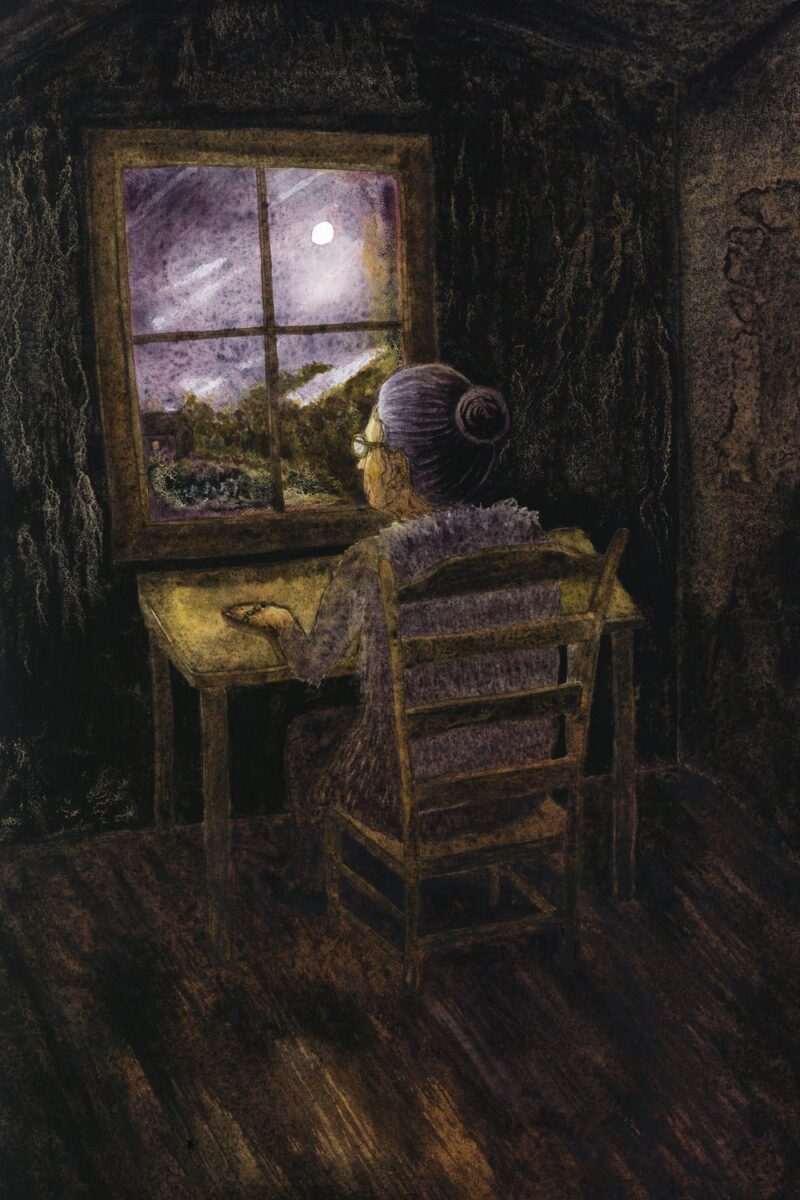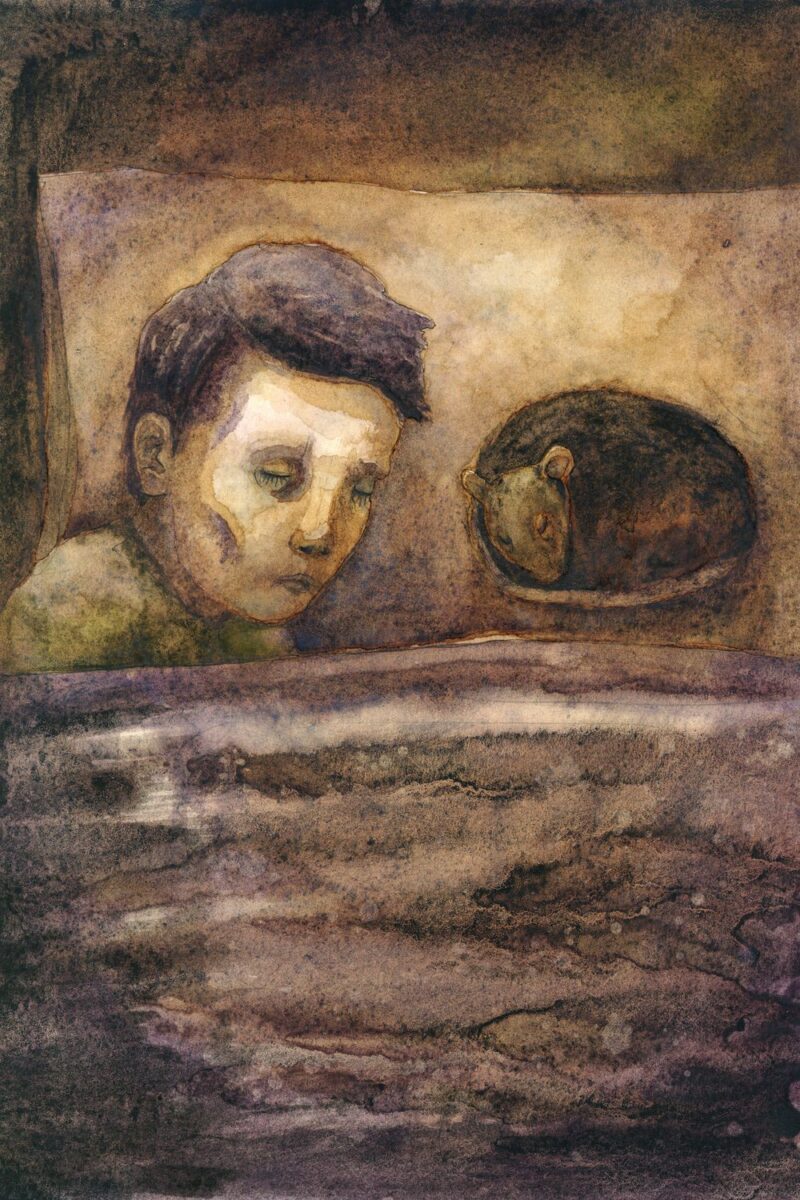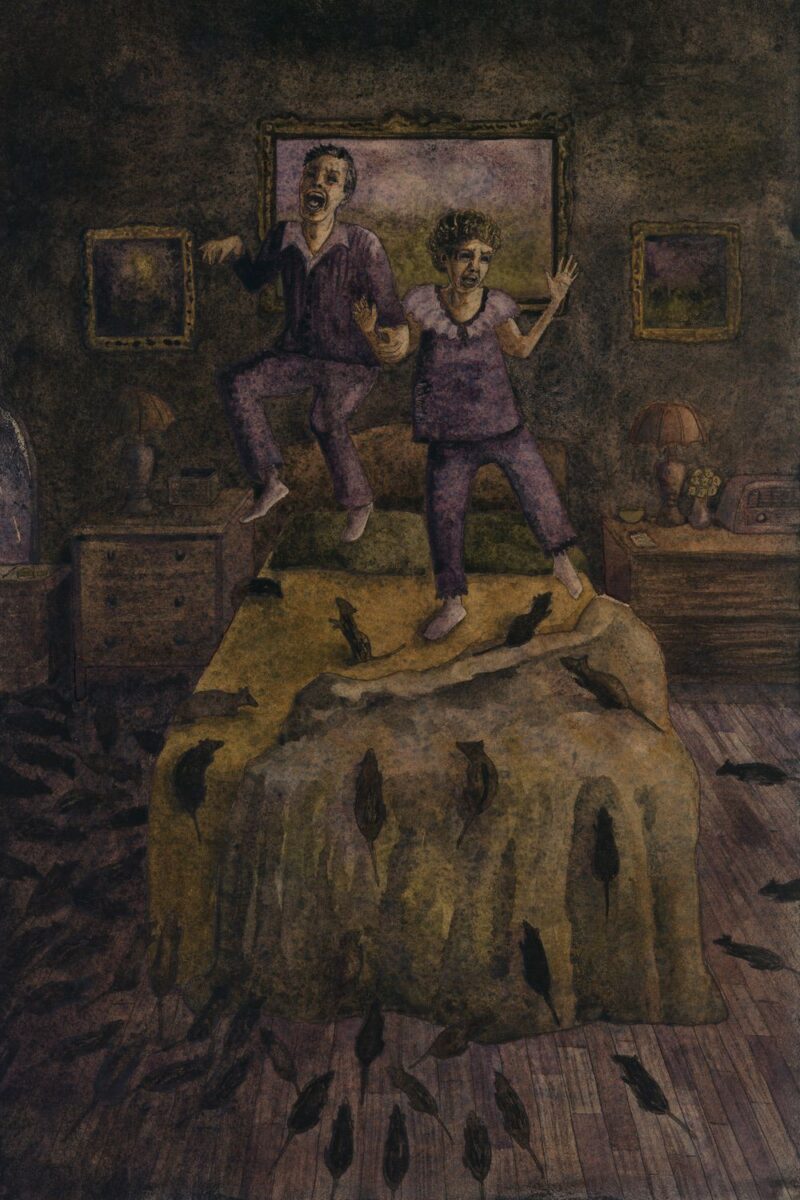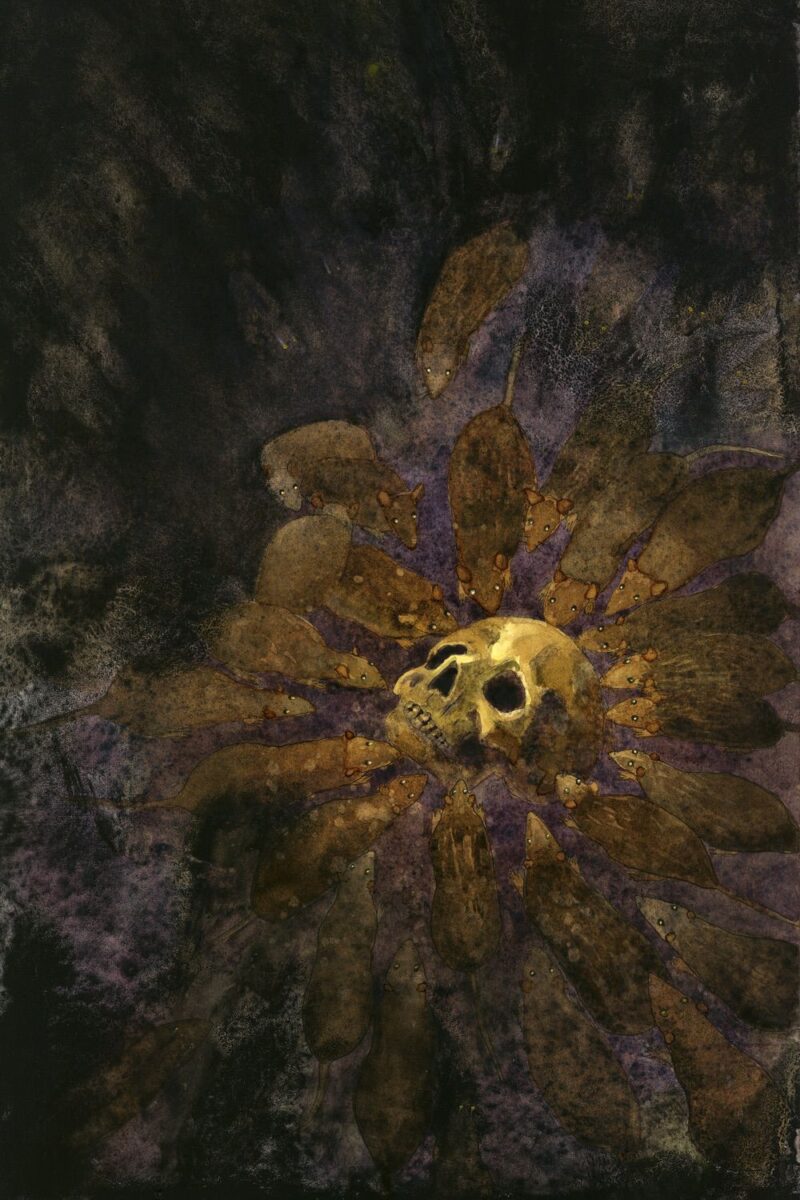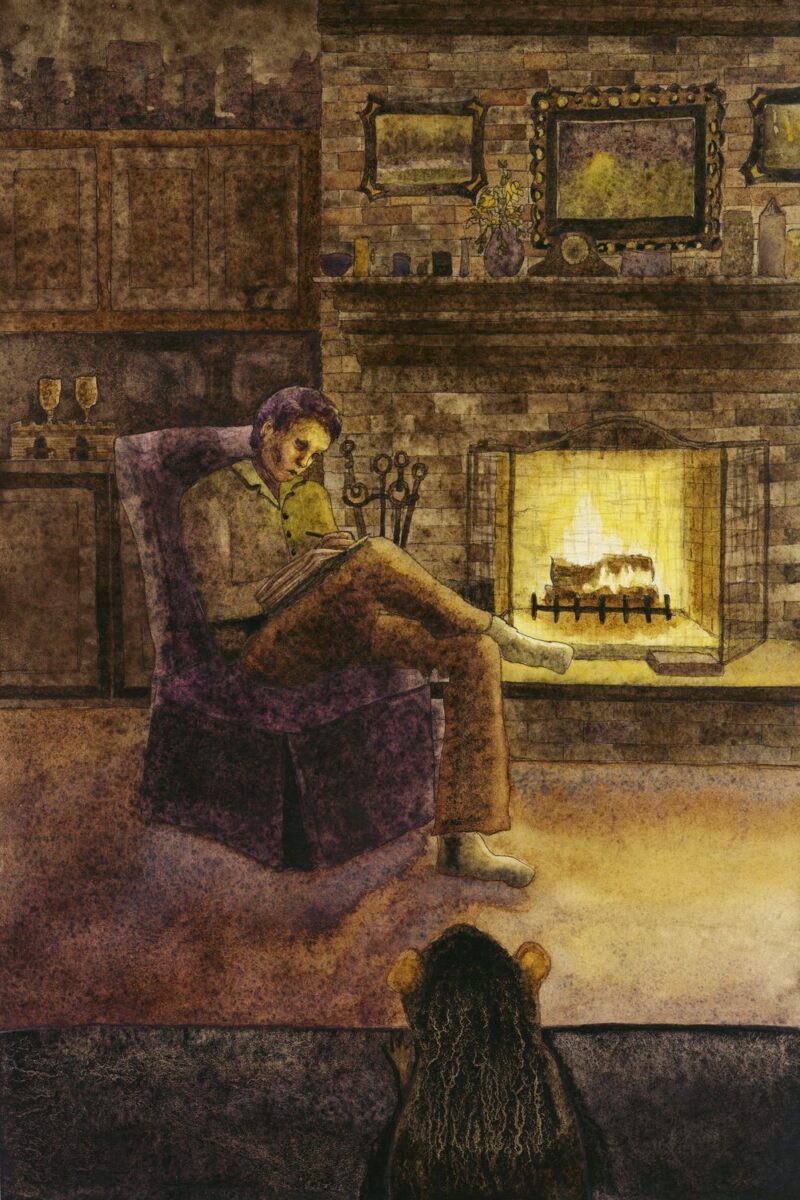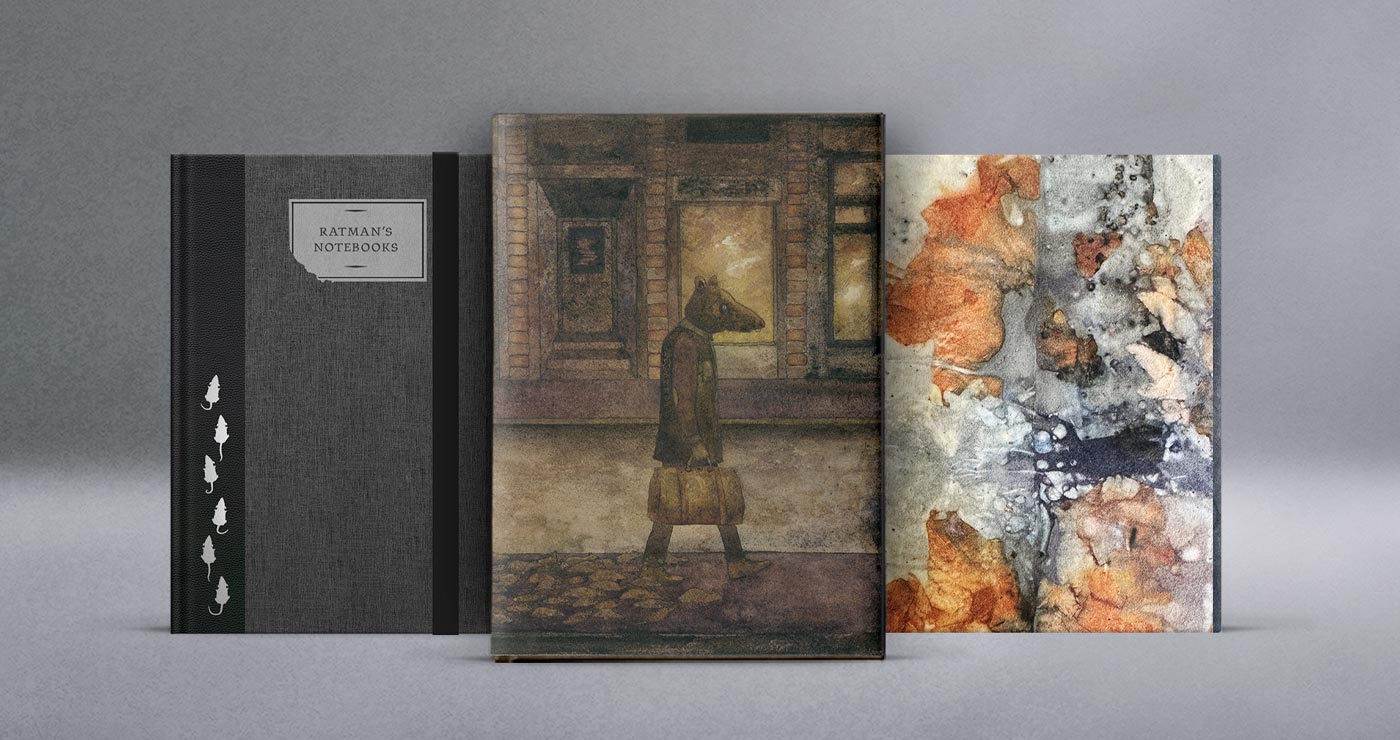
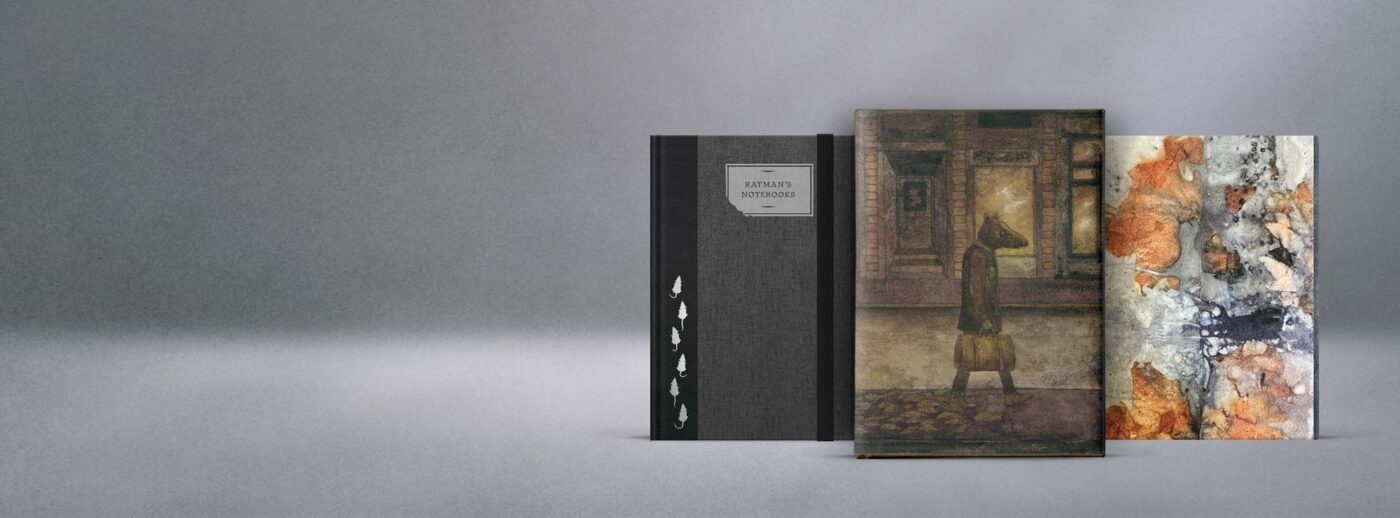
Ratman’s Notebooks Stephen Gilbert
Illustrations by Sophia Rapata
Introduction by Kim Newman
The basis for the 1971 film Willard and its 2003 remake, Stephen Gilbert’s bestselling novel Ratman’s Notebooks was hailed by The Washington Star as “a horrific, grisly and truly frightening masterpiece of terror.” This is the first limited edition of the novel.
Presented through a series of journal entries, Ratman’s Notebooks follows an unnamed narrator—a reclusive misfit who finds himself alienated from the world around him. Working a thankless job at a company once owned by his late father and living under the thumb of a domineering mother, he drifts through life unnoticed and unloved. When his mother demands he exterminate a rat infestation, he sets out to do just that, but cannot bring himself to follow through. Instead, he begins to bond with the rats, earning their trust, training them, and ultimately forming a secret society of intelligent companions. As his connection to the human world continues to fray, his relationship with the rats deepens and he begins to see them as agents of vengeance. What begins as a quiet rebellion escalates into a chilling plan for revenge, as the narrator sets out to reclaim power in a world that has made him feel powerless.
Published in 1968, Ratman’s Notebooks became an immediate bestseller and was praised for its quiet horror and psychological intensity. New York Magazine called it “one of the more terrifying, deliciously scary thrillers,” while Kirkus Reviews described it as “a magnificently malignant horror story to which you will be unavoidably committed.” The Chattanooga Times hailed it as “a compelling tour de force,” and The Atlantic praised its “malevolent Gothic whimsy.” In his introduction, Kim Newman credits the novel’s success with helping legitimize horror as a mainstream literary genre, paving the way for the boom of the 1970s and the rise of authors like Stephen King and James Herbert.
A quietly terrifying portrait of alienation, obsession and the dark places loneliness can lead, Ratman’s Notebooks remains as eerie and chilling as the day it was first published.
About The Edition
Our edition of Ratman’s Notebooks by Stephen Gilbert is presented in three states. The edition measures 6” x 9” and features six color illustrations by Sophia Rapata and an introduction by Kim Newman. The editions are printed by offset lithography on Cougar Vellum, Mohawk Via and Neenah Cotton papers. Interior design is by award-winning designer Misha Beletsky.
A Note on the Typography
Set in Elysium, Ratman’s Notebooks gains a handwritten elegance with a precise twist. Elysium, designed by Michael Gills in the early 1990s, takes inspiration from Czech calligraphic forms (particularly Oldřich Menhart), blending classical old‑style proportions with crisp letterforms and subtle serifs. Its refined curves and measured contrast reflect the narrator’s meticulous obsession, while the typeface’s calligraphic roots introduce an underlying organic tension—perfectly echoing the novel’s interplay of cultivated order and lurking unease.
Artist Edition
Pre-orderThe Artist edition is limited to 500 copies with a dust jacket illustrated by Sophia Rapata. It is a full cloth binding with a foil blocked cover. Endsheets are embossed Rainbow and the edition is housed in a cloth covered slipcase. It is printed on Cougar Opaque Vellum paper and is signed by the artist.
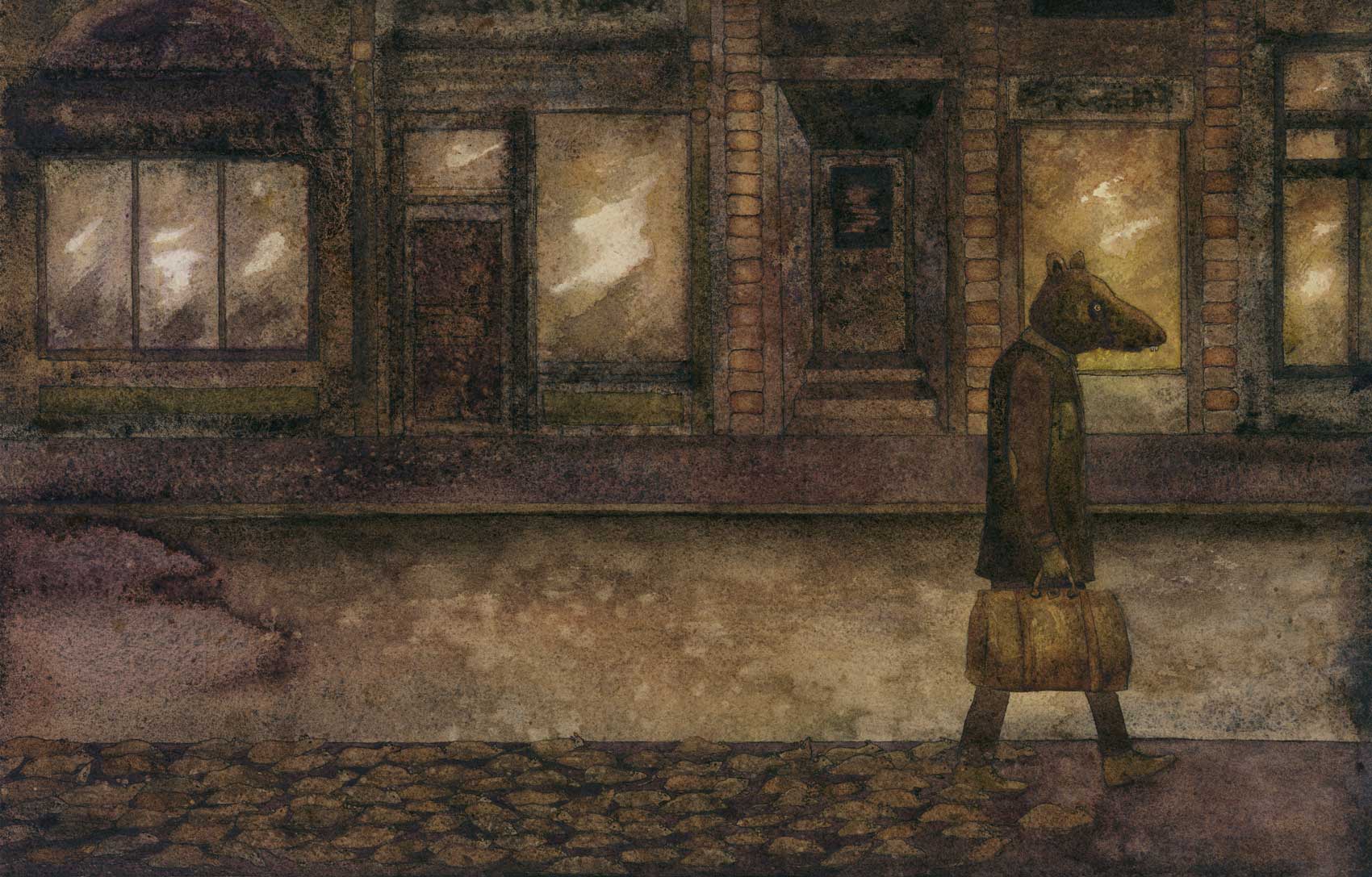
Numbered Edition
The Numbered edition of 250 copies is quarter bound in goatskin with cloth-covered boards and a ribbon marker, constructed as a flatback binding in a notebook-inspired style. A wraparound elastic closure runs vertically to hold the book shut. A die-cut paper label is affixed to the front cover, its corner deliberately shaped as though gnawed—an understated nod to the rats that haunt the story. Six rat silhouettes foil-blocked in silver are arranged vertically along the spine material where it extends onto the front board—echoing the slow, creeping advance of the story’s central infestation.
The overall design pays quiet homage to the novel’s form, drawing on the familiar materials and structure of a notebook. Endsheets are Hahnemühle Bugra and the book is housed in a clamshell enclosure covered in cloth with velour lined trays. It is printed on Mohawk Via Vellum paper and is signed by Kim Newman and Sophia Rapata.
Lettered Edition
The Lettered edition is limited to 26 copies and is a quarter split goatskin suede binding with a capped fore-edge in the Millimeter style. For the cover of this edition we have chosen a handmade paper that mirrors the novel’s unsettling tone—chaotic, raw, and unpredictable. The paper is created through a botanical contact process using foraged plants, berries, metals, and other found materials gathered from the woods of northern New York. These elements are pressed into mouldmade Arches Text Wove paper and simmered in a pot of water, sometimes with vinegar, creating abstract, often violent patterns that can never be exactly replicated.
Much like the narrator’s descent into isolation and obsession, the paper is formed through pressure, heat, and confinement—folded and bound tightly before being “cooked” into its final form. The result is a surface marked by fragmentation and unease, a visual echo of the psychological distress and inner chaos at the heart of the story. Each sheet is a one-of-a-kind imprint of decay and transformation—reflecting both the natural world and the twisted path of the novel’s protagonist. The papers are created by artist Velma Bolyard in Canton, New York.
Endsheets are flocked velour and the book is housed in a clamshell enclosure covered in cloth with velour lined trays. It is printed on Neenah Cotton paper and is signed by Kim Newman and Sophia Rapata.
Botanical Contact Prints by Velma Bolyard
Ratman’s Velvet Ribbon Bookmark
This plush velvet ribbon bookmark with rat and book charms is included with the Lettered edition. The bookmark is also available to purchase. Hand crafted from luxurious Swiss velvet and adorned with intricate metal charms, these 12” bookmarks are a delight to use and gift.
About the Collaborators

Kim Newman
Kim Newman is a British critic, author and broadcaster. His books about film include Nightmare Movies, Kim Newman’s Video Dungeon and BFI Classics booklets on Cat People, Doctor Who and Quatermass and the Pit. His fiction includes the Anno Dracula series, the Drearcliff Grange School novels, The Night Mayor, The Quorum, Professor Moriarty: The Hound of the d’Urbervilles, Angels of Music, A Christmas Ghost Story, Something More Than Night and Model Actress Whatever. He has written for television (Mark Kermode’s Secrets of Cinema), radio (Afternoon Theatre: Cry-Babies) and the theatre (The Hallowe’en Sessions), contributed many commentary tracks and extra features to DVD and BluRay releases, and directed a tiny film (Missing Girl).
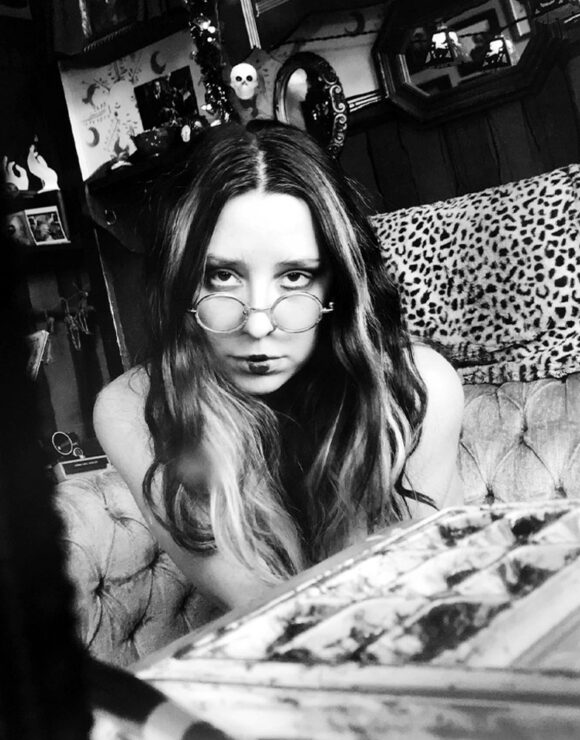
Sophia Rapata
Sophia Rapata is best known for creating whimsically eerie characters who live in a dark, yet strangely comforting world. She draws inspiration from nature, humans, music, silent films, surreal introspection and all things Halloween.
Sophia’s artistic process is deeply intuitive, often beginning with splashes of watercolor, coffee, or river water before emerging into detailed and expressive portraits of imagined beings. As a full-time artist since 2014, she participates in art shows and fairs across the country and sells her original paintings & prints worldwide online.
Matching Numbers & Letters
A Matching Pre-Order email is sent to owners of our previous publication, Where Late the Sweet Birds Sang at 9:00 A.M. PT on the day of announcement. If you did not receive the email, contact us here. If your order is not received before the deadline, your designated number or letter will be assigned to the new owner.
Illustrations by Sophia Rapata
Published editions may differ slightly from mockups and prototype designs.
Illustrations © 2025 by Sophia Rapata

